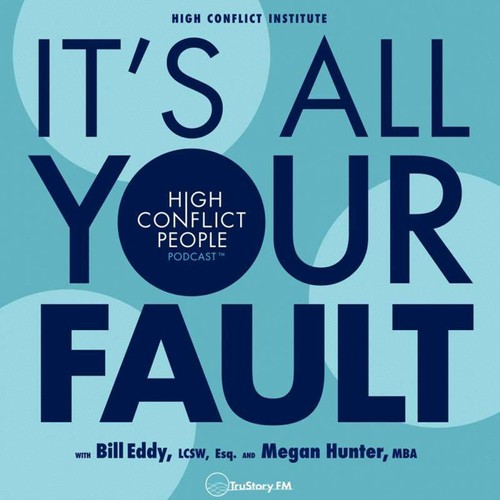
 It’s All Your Fault: High Conflict People
It’s All Your Fault: High Conflict People Histrionics Unveiled: The 5 Types of People Who Can Ruin Your Life (Part 6)
Nov 7, 2024
Dive into the world of histrionic high conflict personalities and discover their dramatic need for attention and exaggerated behaviors. Explore how these traits manifest in both men and women, challenging cultural stereotypes. Delve into the impact of social media on these personalities and learn why setting boundaries is essential. The podcast also shares practical strategies for managing relationships with histrionic individuals, revealing the complexities and emotional toll involved. Expect enlightening insights and relatable examples that resonate!
Chapters
Transcript
Episode notes
1 2 3 4 5 6
Intro
00:00 • 3min
Understanding Histrionic Behavior
03:22 • 15min
Understanding High Conflict Personalities in Mediation
17:53 • 3min
Misconceptions of Emotional Expression
20:38 • 7min
Navigating High Conflict Dynamics
27:53 • 5min
The Complex Dynamics of Histrionic Relationships
32:28 • 4min
